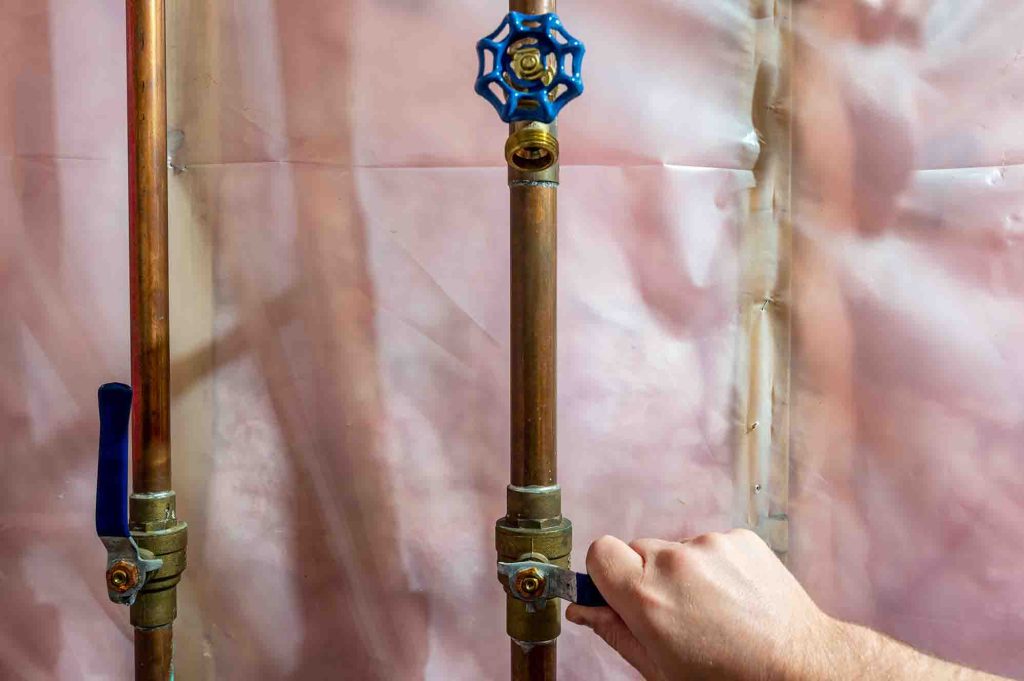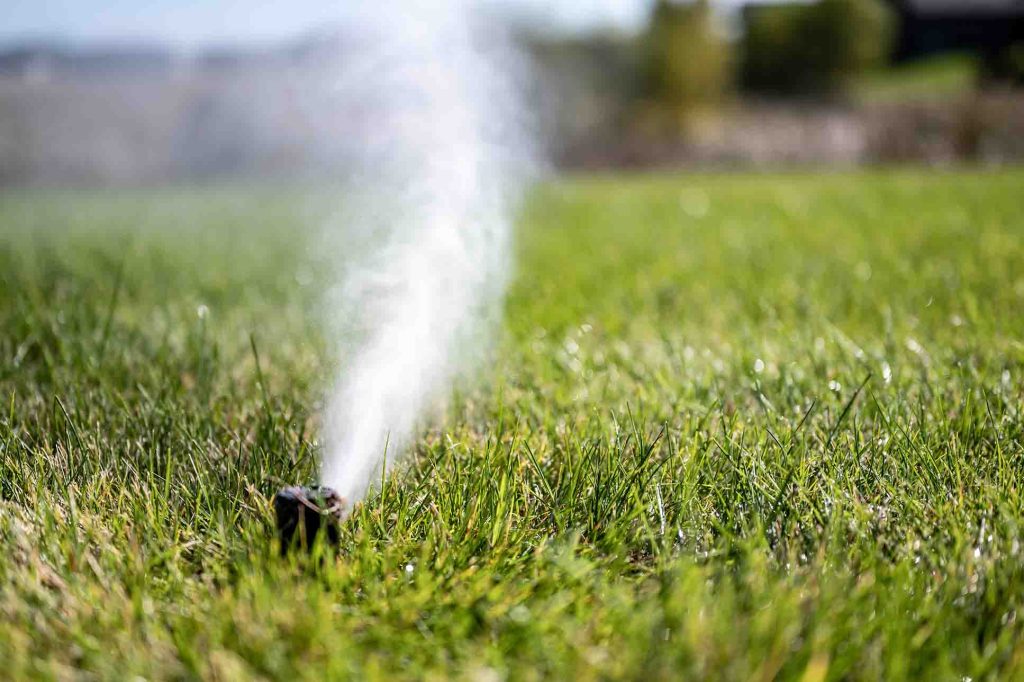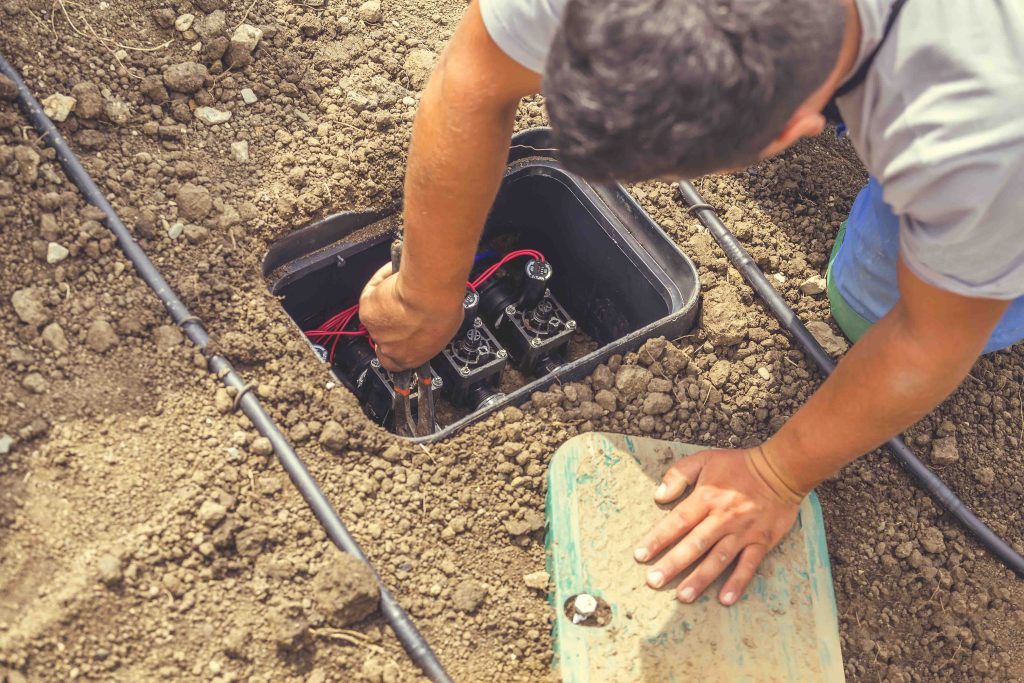As winter’s chill approaches, it’s time to think about protecting your valuable sprinkler system from the freezing temperatures that can wreak havoc on its components. Winterizing your sprinkler system is a crucial step to ensure it remains in top-notch condition and is ready to serve you come springtime. We have put together this guide to walk you through the step-by-step process of properly winterizing your sprinkler system so you can avoid costly repairs and enjoy a lush, healthy lawn when the warmer months return.
The Importance Of Sprinkler Winterization

Winterizing your sprinkler system is of paramount importance to ensure its longevity and functionality. When freezing temperatures descend, water left in the pipes and components can freeze, expand, and cause extensive damage. This can lead to costly repairs and replacements in the spring, not to mention the inconvenience of a malfunctioning system when you need it most. Properly winterizing your sprinkler system prevents frozen pipes, cracked valves, and damaged sprinkler heads. It also safeguards against potential water leaks that can result in high water bills.
By taking the time to winterize your sprinkler system, you’re not only protecting your investment but also ensuring a smooth start to the irrigation season when warmer weather returns, allowing you to maintain a healthy and vibrant lawn. Be sure to check out this article for more information on why you need sprinkler winterization.
Shutting Off The Water Supply & Draining Pipes

Properly shutting off the water supply during sprinkler winterization procedures is crucial to protect your irrigation system from potential freeze damage. To do this effectively, follow these steps to ensure safe and complete shutoff of the water supply before moving onto the next steps:
- First, locate the main shut-off valve for your sprinkler system, which is usually found in a basement, crawl space, or a dedicated irrigation control box. Turn off the valve by rotating it clockwise until it is fully closed.
- Next, open the drain valves on your backflow preventer, if applicable, and any low points in the system. This will allow any remaining water to drain out of the pipes. This may be either an automatic or manual process depending on your system.
- Finally, activate each zone on your controller to release any residual water in the pipes. While draining pipes is an important step to take, it is not enough to properly winterize your system on its own.
Blowing Out Water Lines

Blowing out sprinklers is the most effective and critical step in the winterization process for irrigation systems. If you attempt to do this yourself, you’ll need an air compressor with sufficient pressure capacity. Connect the air compressor to the system using the appropriate fittings (a blow-out port designed for compressors). Gradually increase the air pressure, starting at a low setting, and work your way up to a level that will effectively push out any remaining water from the pipes.
Go zone by zone, allowing compressed air to blow through each section until only dry air escapes from the sprinkler heads. Properly blowing out sprinklers helps prevent freeze damage by ensuring there’s no residual water left in the system, safeguarding your irrigation system throughout the winter months.
Cleaning Filters & Valves

Cleaning filters and valves is an essential aspect of maintaining a healthy and functional irrigation system. Start by locating any filters present in the system, such as screen or disk filters, and remove them for cleaning. Rinse them thoroughly to remove any debris, sediment, or mineral buildup that may have accumulated during the irrigation season. Inspect and clean any control valves or solenoids to ensure they are free from debris or obstructions, which could hinder their proper functioning.
Regularly cleaning these components not only improves the overall efficiency of your sprinkler system but also reduces the risk of clogs or damage caused by freezing water during the winter months. This proactive approach to maintenance is a key part of preparing your irrigation system for the colder season and helps extend its lifespan.
Insulating Above-Ground Components
Insulating above-ground components is a crucial part of sprinkler system winterization to protect them from freezing temperatures and potential damage. Some key above-ground components that should be insulated include backflow preventers, above-ground pipes, valves, and pressure regulators. By wrapping these components with insulation material, such as foam sleeves or insulating tape, you create a protective barrier that helps retain heat and prevent freezing. Proper insulation ensures that these vital parts of the sprinkler system remain operational and intact throughout the winter, reducing the risk of costly repairs in the spring. The list below will provide more details about proper insulation for your sprinkler system:
- Prepare The Components: Clean and dry the components thoroughly to remove any dirt or moisture, ensuring a proper surface for insulation.
- Insulate Pipes & Valves: Begin by wrapping the above-ground pipes and valves with insulation material, making sure to overlap it for complete coverage. Secure the insulation in place with zip ties at regular intervals, ensuring a snug fit.
- Cover the Backflow Preventer: For backflow preventers, use a specialized insulated cover or blanket designed to protect against freezing temperatures. Ensure it fully envelops the backflow preventer, leaving no openings or exposed areas.
- Insulate Pressure Regulators: Wrap pressure regulators with insulating material, securing it tightly with zip ties or duct tape. This extra layer of insulation helps maintain consistent pressure and functionality.
- Seal Gaps & Openings: Pay close attention to seams, joints, and any gaps or openings in the insulation. Seal these areas with duct tape to prevent cold air from infiltrating.
Professional Sprinkler System Winterization
Professional services are always the best option for irrigation winterization. Sprinkler winterization can require a lot of equipment that may not be readily available to you at your home, and improper knowledge and practices can do more harm than good. Many homeowners believe that simple opening valves and allowing water to drain out is enough to get their sprinklers ready for winter, but this is not the case for the vast majority of systems and can lead to frozen and cracked pipes.
The Tuxedo team works hard to ensure that all water is removed from your system before the damaging effects of winter set in. Watch the video above to get a better sense of how and when we provide sprinkler winterization services throughout northern Utah, and be sure to call us today to set up an appointment!



